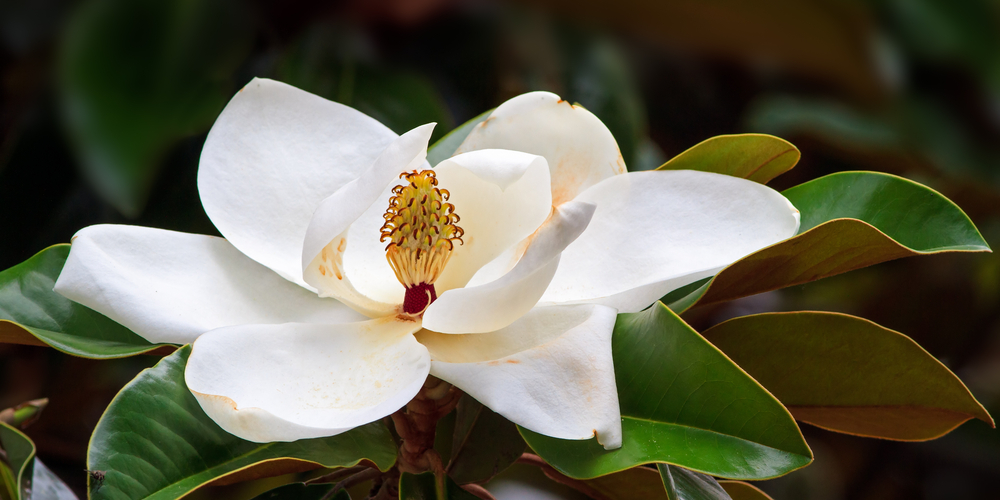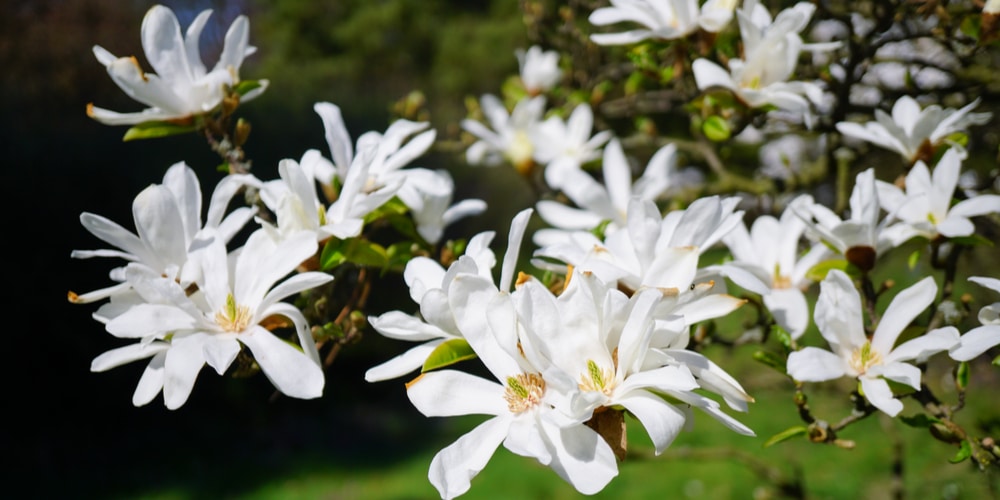The genus Magnolia includes over 200 ornamental species that can make your garden look amazing. Above all, they produce big, stunning flowers that uplift your spirit in early spring when they bloom. And their natural habitat is the mountains, which made them cold-hardy.
But can magnolia trees grow in Michigan? In Michigan, the USDA plant hardiness zones range from 4a to 6b. And while its harsh winter tests limits plant cold hardiness, air temperatures in the regions are predicted to increase by up to 11F by the end of the century. So, yes, magnolia trees do and will grow in Michigan for a long while.
Where Can Magnolia Trees Grow In Michigan?
Different magnolia trees varieties suit various spaces. And some of them can fit in balconies, too.
Smaller cultivars happily grow in pots. But the main requirement for all magnolia—including evergreen and deciduous magnolias—is sun exposure. If these flowering plants do not receive enough sun, they do not tend to flower well. And that defeats the purpose of growing a magnolia tree.
All magnolias love an open, warm, sunny position. For clarity, this does not mean they will not tolerate a little bit of shade. But they should at least receive enough morning sun to look healthy.
Another critical factor is soil conditions. In brief, magnolias need acidic, moist, well-draining soil. And according to Michigan State University, clays and loams are dominant in the southern Lower Peninsula. So, you might need to amend your lawn if you grow a magnolia tree in the southern region.
Nowhere can magnolia trees grow in Michigan if you stick a magnolia tree in heavy clay-based soil.
The Problem With Growing A Southern Magnolia In Michigan
Southern magnolia (Magnolia grandiflora) is one of the queens of the southern landscape. In detail, this evergreen usually has dense coppery-colored pubescence on the back of its leaves. It blooms in spring but continues to throw flowers throughout the entire summer.
For centuries, this species has made up a large part of northern temperate forests because it is hardy from zone 6 through 10. But today, you mostly find it in the southwestern United States from the Atlantic to the Gulf coastal plains.
Can Southern Magnolia trees grow in Michigan? The most cold-hardy magnolia varieties have been rated at USDA zone 6. So, you can plant this variety in cities that sit on Lake Michigan. Or in those that populate the area below the Midland and Bay city metropolitan area. Equally important, you should put the plant in places where the wind will not damage its flowers and brittle branches.
5 Tips For Growing Magnolia Trees In Michigan
- Add a reasonable amount of organic matter at planting time. Generally, you can use compost or animal manure to make the soil acidic enough for a magnolia to grow in them. Magnolia trees need soil with a pH lower than 6.0.
- Check your magnolias for die-back after cold and drought. The correct way to prune a magnolia is by pruning it below the deadwood. Usually, you do not need to clip a magnolia tree. But if the trees show signs of die-back—like splitting and cracking—and have shoots coming down the trunk, you can prune them to revive them. Even in this case, cut the tree trunk to reduce the energy for its top. It is never going to be the shape that it was. But in time, you may see more new shoots coming wherever there is a node on the remained stems. In any case, the best time to prune magnolias is through the warmer months because that is when they regenerate.
- Deciduous magnolias tend to produce goblet-type flowers during winter. You can find several cultivars that make pink and purplish shades. What is more, some recent cultivars have more intense colors. So, be sure to check some of the most attractive ones like Balkan, Cleopatra, and Elizabeth.
- If you do not have much space, begin with a magnolia stellata. Of course, you will get heaps of flowers, but the plant’s leaves are smaller and take up less space.
- Magnolias do better if you keep them on the dryer side. In other words, do not overwater them. They are quick-growing but will not perform well with saturated soil.


